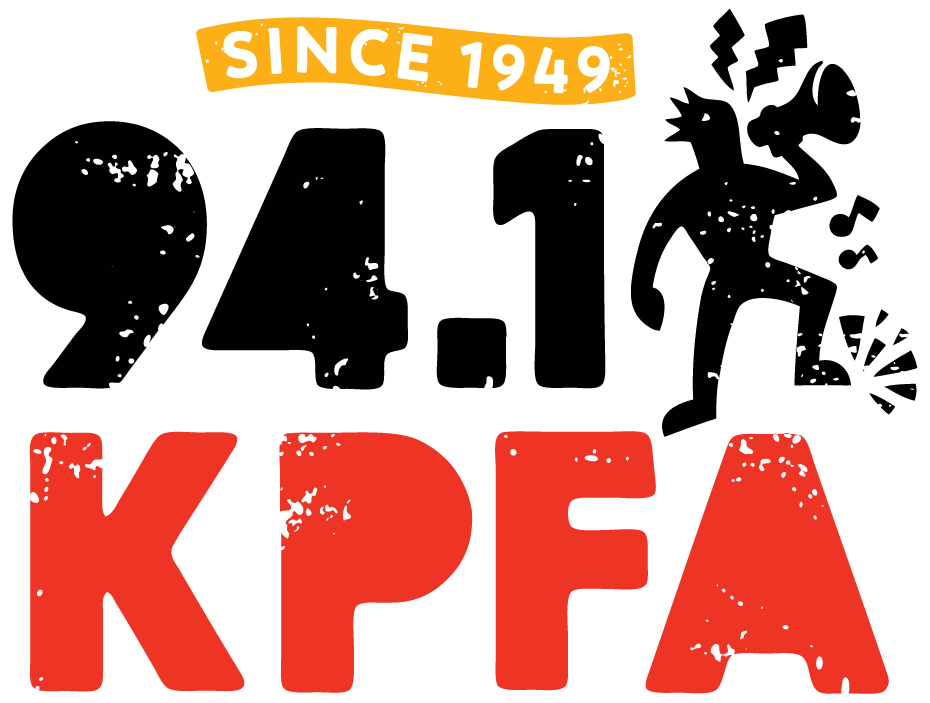For a disabled person who needs a ride, paratransit sounds great. You call them up, someone comes in a wheelchair accessible van and away you go!
But, the reality is not that simple!
Despite the fact that more vehicles are used for paratransit than any other type of public transportation, a plethora of issues plague paratransit services. What happens when your paratransit pickup is late and you’re late for the meeting? What happens if your driver drastically exceeds the speed limit? And, why are so many of the vans so poorly maintained?
According to a bus service in Rochester N.Y., “paratransit is a shared ride public service intended to serve as a safety net.” It’s for “individuals who, because of their disabilities, are unable to ride the ADA compliant RTS {Regional Transit Services] fixed-route bus for some or all their travel”. But, is the safety net really that safe?
Nearly 70 thousand vehicles were available for typical peak paratransit services in the U.S. in 2013 – more than all the buses and trains combined. So, why isn’t paratransit a shining star in the lives of people with disabilities?
Helping us navigate all these complexities and more is disability advocate Christine Fitzgerald. More specifically, she is the community advocate for Silicon Valley’s Independent Living Center. As a member serving on the Committee for Transportation and Mobility Access, she works at the local, state, and governmental levels to ensure that people with disabilities have their access and transportation needs met.

This program was hosted and produced by Dominick Trevethan with editing from Denny Daughters.
Useful Links:
Silicon Valley Independent Living Center

